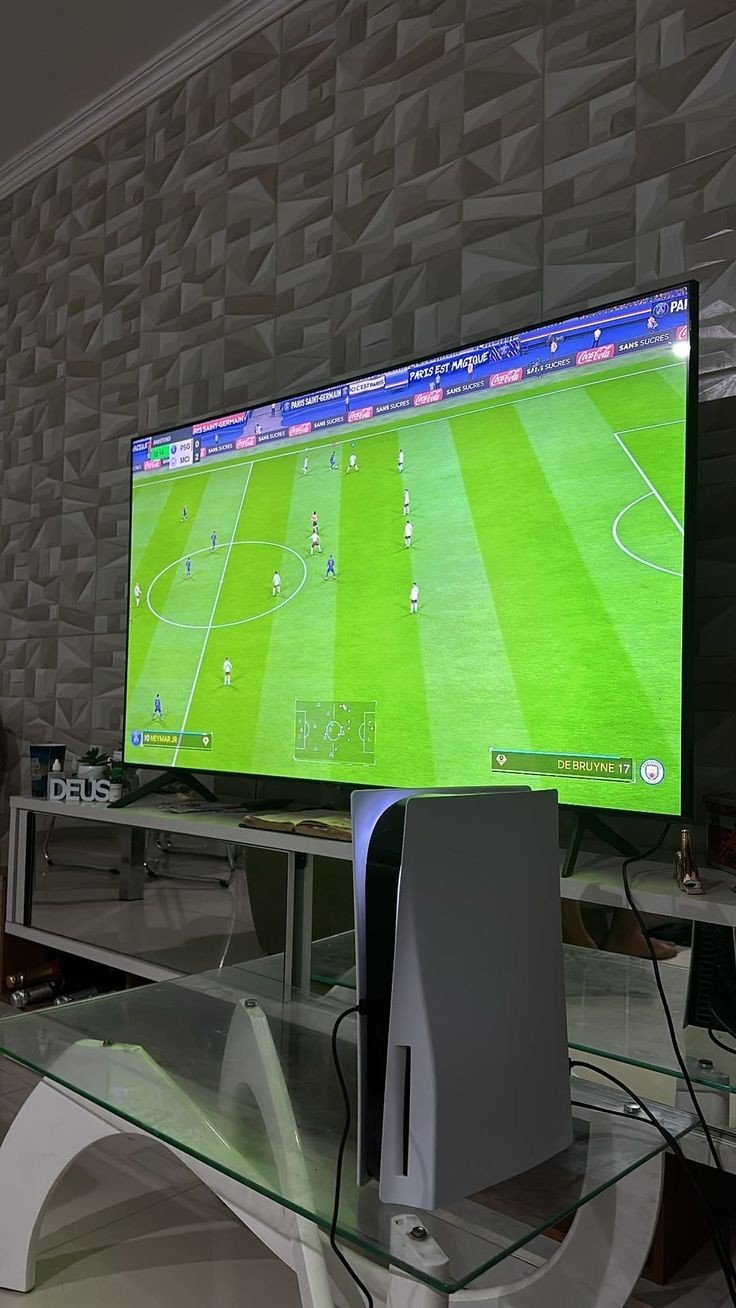The impact of hyperrealism on video games.
Hyperealism in games is all about making the visuals and experiences as close to real life as possible. From detailed player expressions to lifelike stadiums, these elements all come together to create an experience that feels almost realistic. Now, do we really need games to be hyperrealistic? My answer would be a definite yes.
Speaking from my own experience, I’ve played a lot of video games, particularly games like PES, FIFA, and even Mortal Kombat and one of the reasons I’m so drawn to these games is because of the graphics and animation quality—they look incredibly lifelike. When I’m holding a PS4 or PS5 controller, it feels as if I’m in a real stadium, surrounded by the noise of the crowd, the perfectly trimmed green pitch, and the players’ dynamic movements.
In FIFA, for instance, I can control players to perform dribbles, execute unique goal celebrations, and even adjust the tactics. The fans in the background cheer realistically, and every detail of the game—down to the sound of the ball hitting the net—feels authentic. For me, this makes all the difference. Football is an emotional sport; it’s about the players, the fans, and the stadium atmosphere, and hyperrealistic graphics capture all of that perfectly. The immersion is so strong that I can lose track of time, spending hours deep into the game, sometimes even playing through the night. These graphics and animations make it easy to stay engaged, preventing any feeling of boredom or repetition.
Without this high level of detail, I doubt games like FIFA or PES would be interesting. The realism enhances the storytelling and the competitive spirit, which has the ability to make you to come back and play again and again. The evolution of these football games over the years—especially as developers have refined the graphics, added new animations, and improved player realism— which has made them feel more lifelike. I appreciate how they’ve incorporated realistic physics and AI to make players behave as they would on an actual field, which adds to the immersion and enjoyment.
Now, I’ve also played games that are less focused on hyperrealism, and they’re fun in their own way. They have simpler, stylized graphics and they can also be enjoyable because they’re often creative ,simple and have unique gameplay mechanics. But personally, they don’t give me the same thrill as hyperrealistic games do. In a less realistic game, I’m constantly aware that I’m just playing a game. But with hyperrealistic games, there’s usually those moments where I get lost in the experience, almost feeling as if I’m living inside that world.
One moment that stands out for me was when FIFA introduced the UEFA Champions League licensing. As soon as I started a new season with my favorite team, Manchester City, and saw that iconic Champions League logo, accompanied by the anthem and crowd atmosphere, I felt an instant a different excitement. It was as if I was right there, part of the action, watching my favorite team compete in the Champions League. The graphics, sound design, and every other thing made it so realistic that it brought the stadium atmosphere into my living room. I was completely hooked and excited to just play the game.
So, while non-hyperrealistic games can still be enjoyable, for me, they lack the magic that hyperrealism brings to the table. The attention to detail, the lifelike visuals, and the sense of immersion make me feel more connected to the game. It’s not just about playing anymore—it’s about experiencing, feeling, and being part of that virtual world.
Posted Using InLeo Alpha


